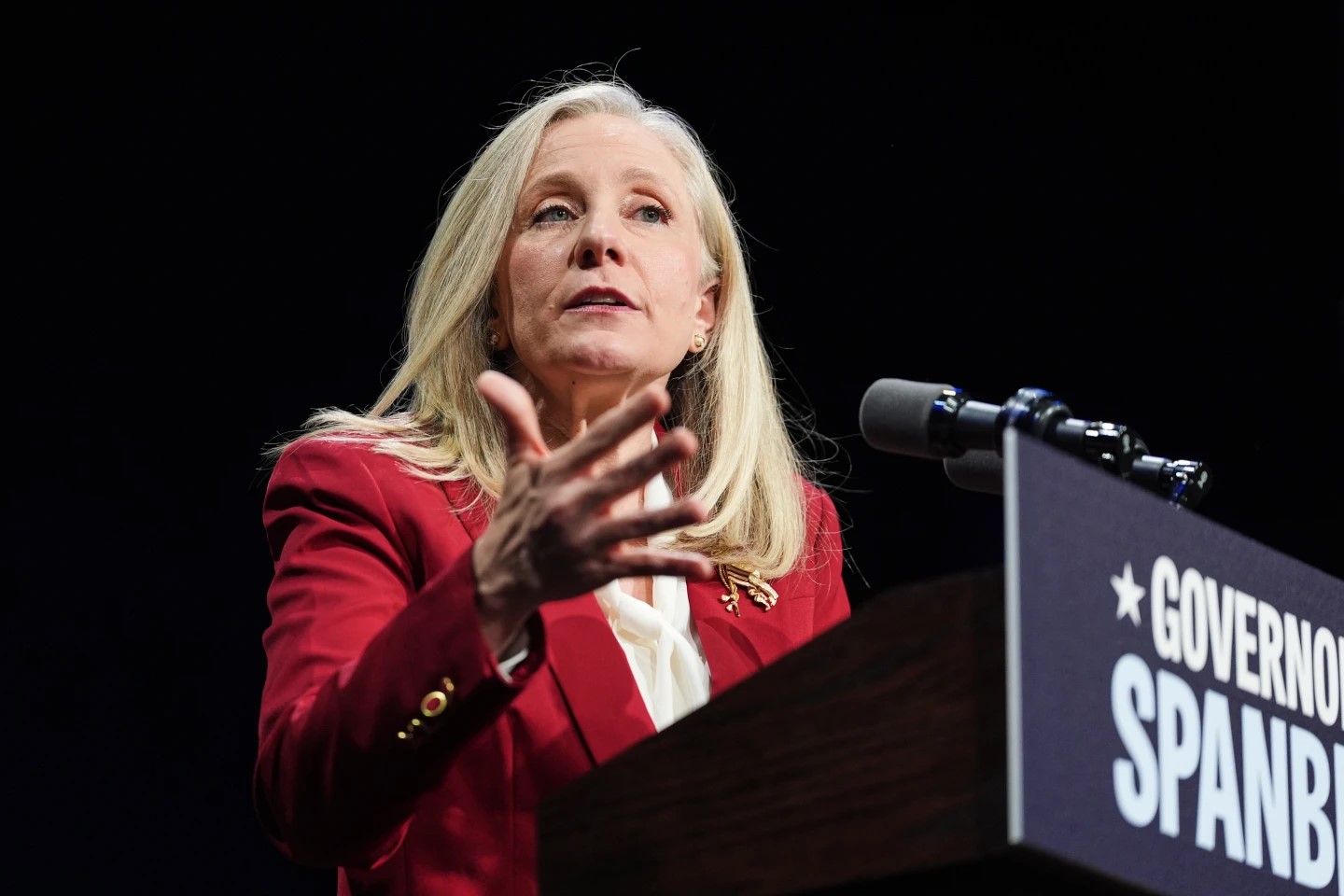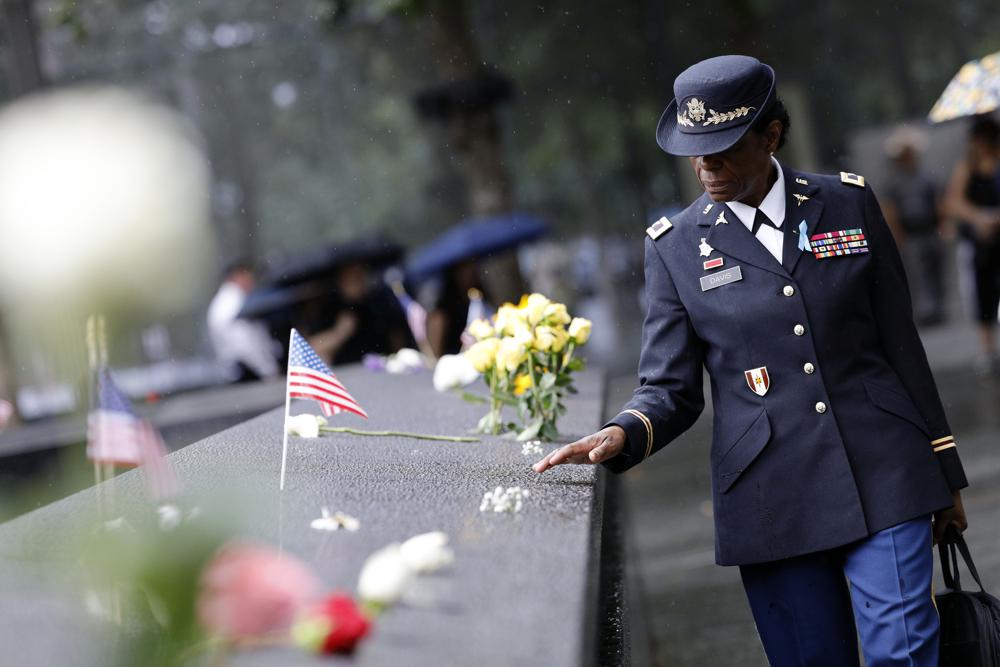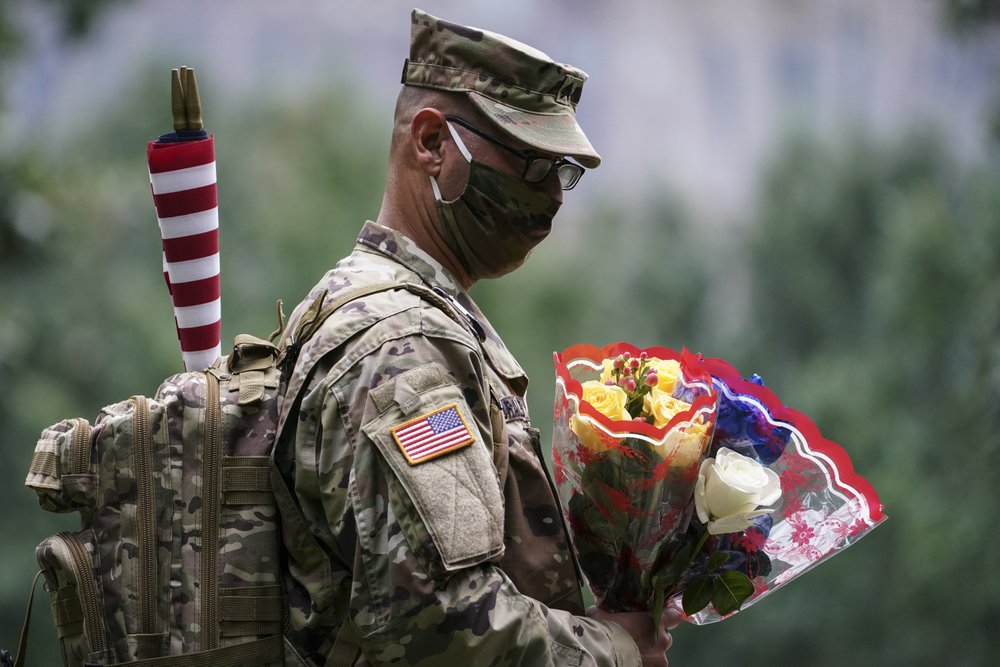As has become tradition, thousands of people will likely visit Ground Zero in New York City on Monday for the anniversary of 9/11. Where the Twin Towers used to stand has become a memorial and museum for those who died from the tragedy — and a Chapel Hill resident helped play a major part in making that place of remembrance possible.
“We say that we’re almost like bookends of this tragedy,” says Lori Doherty of her family, “because [my husband] was there for the rescue and recovery, and I was there for the rebuilding.”
Doherty moved to New York City in the late 1990s and began dating her future husband, Rick, in September of 2000. On the day planes struck the North and South towers of the World Trade Center, Doherty remembers Rick – who was a police detective – leaving to help respond to the ongoing scene.
As he arrived and the second tower was falling, Doherty says she was seeing it unfold from downtown and hearing those around her cry out.
“Some of the most poignant moments [for me] were just being on the sidewalk with everyone else and watching the second tower fall,” she says. “Everybody knew somebody that worked in the Trade Center, so that part was emotional.”
Hours later, Lori got a call from Rick, who used a phone booth near what was left of the North Tower to assure her he was okay.
Later, Doherty says, that phone booth would stand just outside her office for the National September 11 Memorial & Museum foundation – which spent years fundraising, designing, and then opening the facilities there now in New York City.
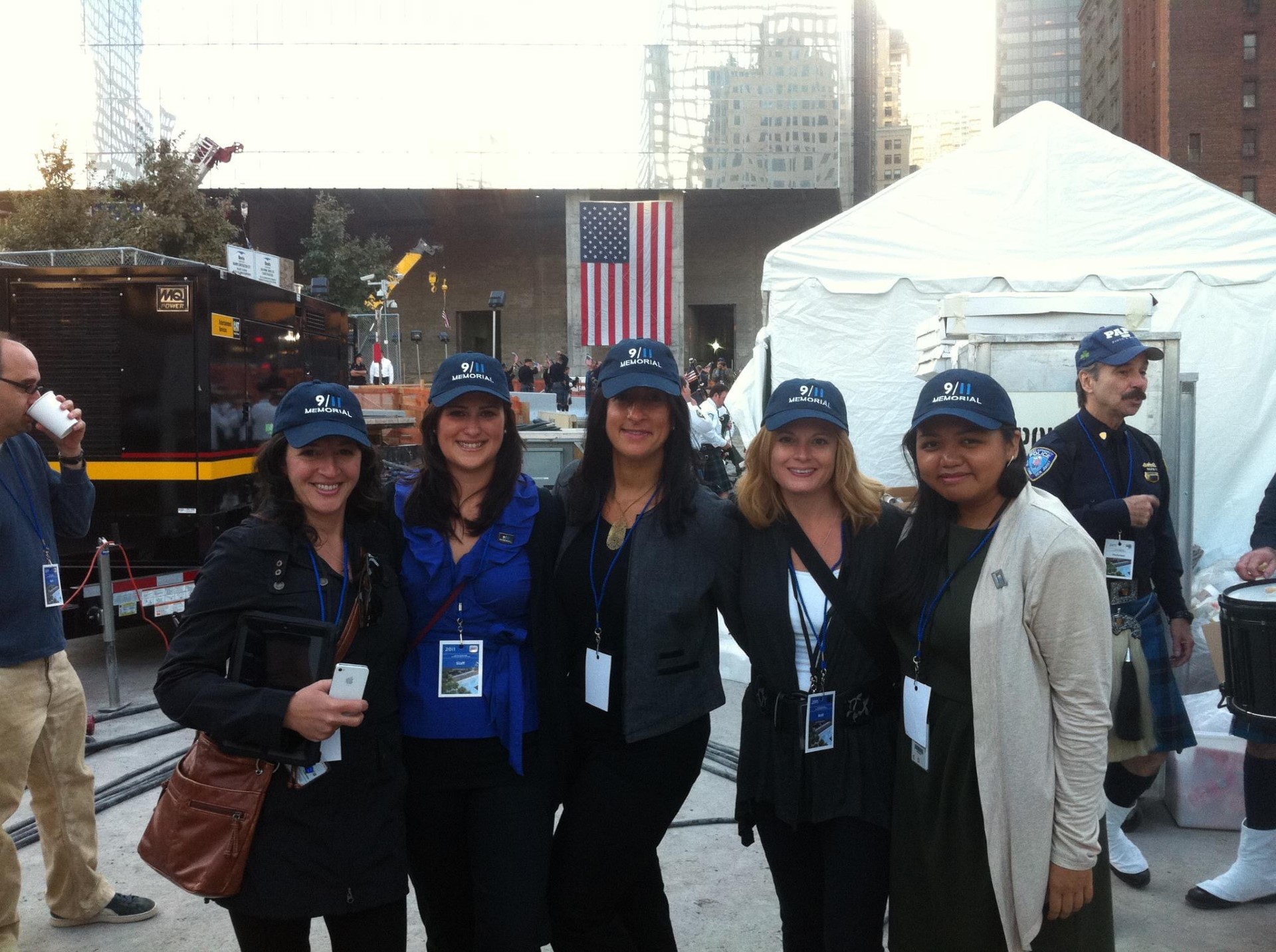
Lori Doherty (second from the right) at the opening of the National September 11 Memorial on the tenth anniversary of the attack in 2011. (Photo via Lori Doherty.)
Doherty recalls hearing about the design competition launched for an eventual memorial in 2005. Before long, she came across something else that caught her eye.
“I saw an ad in Craigslist,” Doherty says with a laugh, “for a principal researcher. It was a very small, fledgling foundation – called the World Trade Center Memorial Foundation at the time. They were looking for a researcher to not only research into families [of the victims, but] also from a donation standpoint, looking at who we could approach to fund this.”
Despite beginning the position with “zero fundraising experience,” Doherty worked in that role for more than a decade, with her duties morphing into more responsibilities as the project moved ahead. She ultimately took on the title of Director of Development and helped conduct the $425 million capital campaign needed to build and open the memorial on the tenth anniversary of 9/11, as well as expanding the vision to add the museum at the site.
The ultimate winner of the design contest aims for simplicity in look compared to constructing a new tower or some of the other ideas floated to the nonprofit. Architect Michael Arad’s design features waterfalls built down into imprints of the base of each the North and South towers, with the bronze names of victims circling both. Doherty says she remembers choosing a direction for the memorial was difficult because of how many people were affected and how many interpretations were shared for what to do at Ground Zero.
“There were different designs, certainly, that were submitted,” she says, “but this was the one that resonated with the most amount of people.”
The museum provides a more detailed description honoring each victim, and transitions to a historical exhibition displaying artifacts and telling how the tragedy’s response unfolded. Doherty says halfway through, there is an intentional break depicting the World Trade Center in popular media and detailing its history to provide some emotional relief before reaching the back half of the tour. After showing the museum to visitors dozens of times, she says some of the most impactful parts of the museum to her are the slurry wall – which kept the Hudson River from collapsing – and a display playing back the radio calls of firefighters who rushed to the scene on September 11.
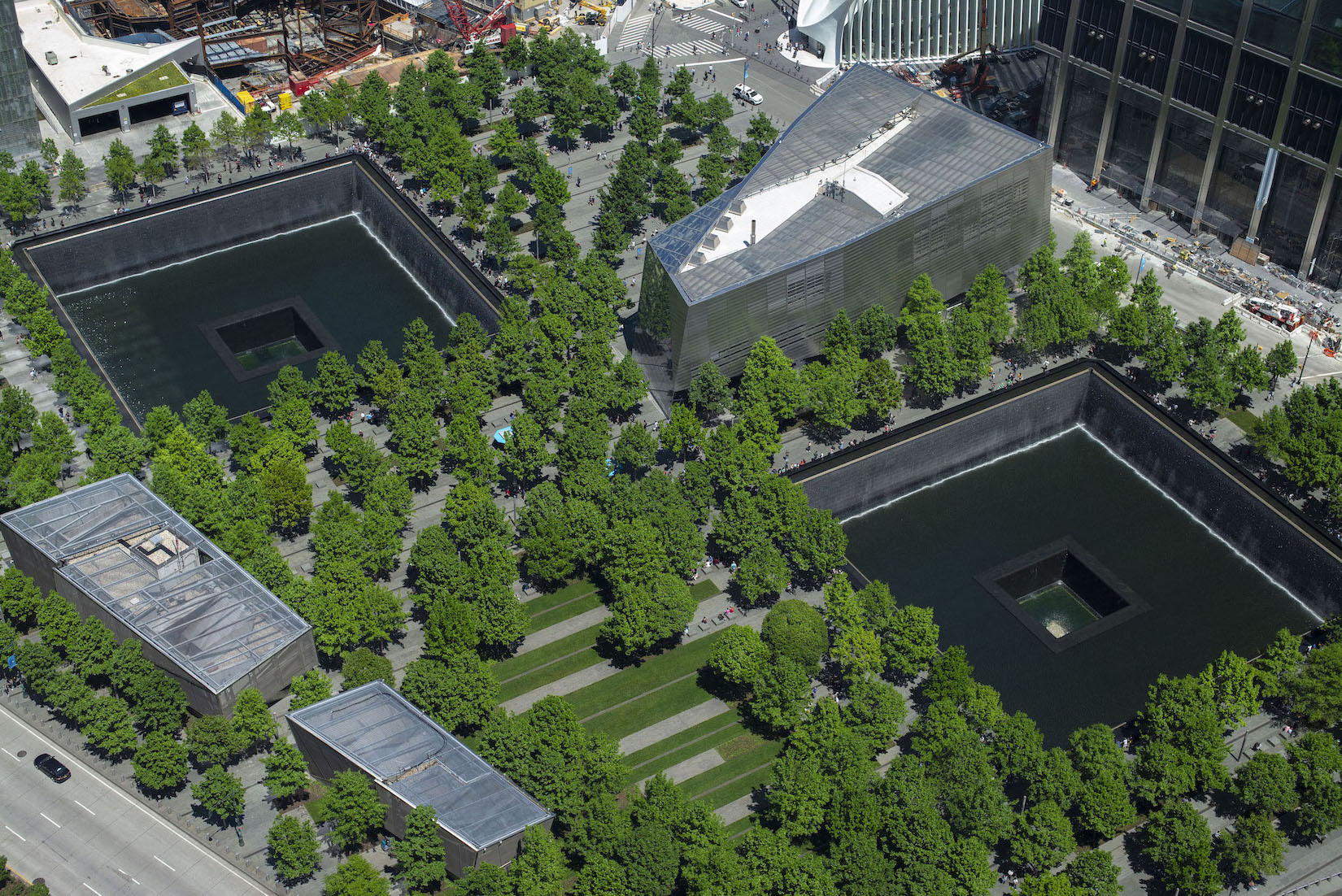
An aerial view of the 9/11 Memorial and Museum on Monday, May 21, 2018. (Photo via National September 11 Memorial & Museum/Jin S. Lee.)
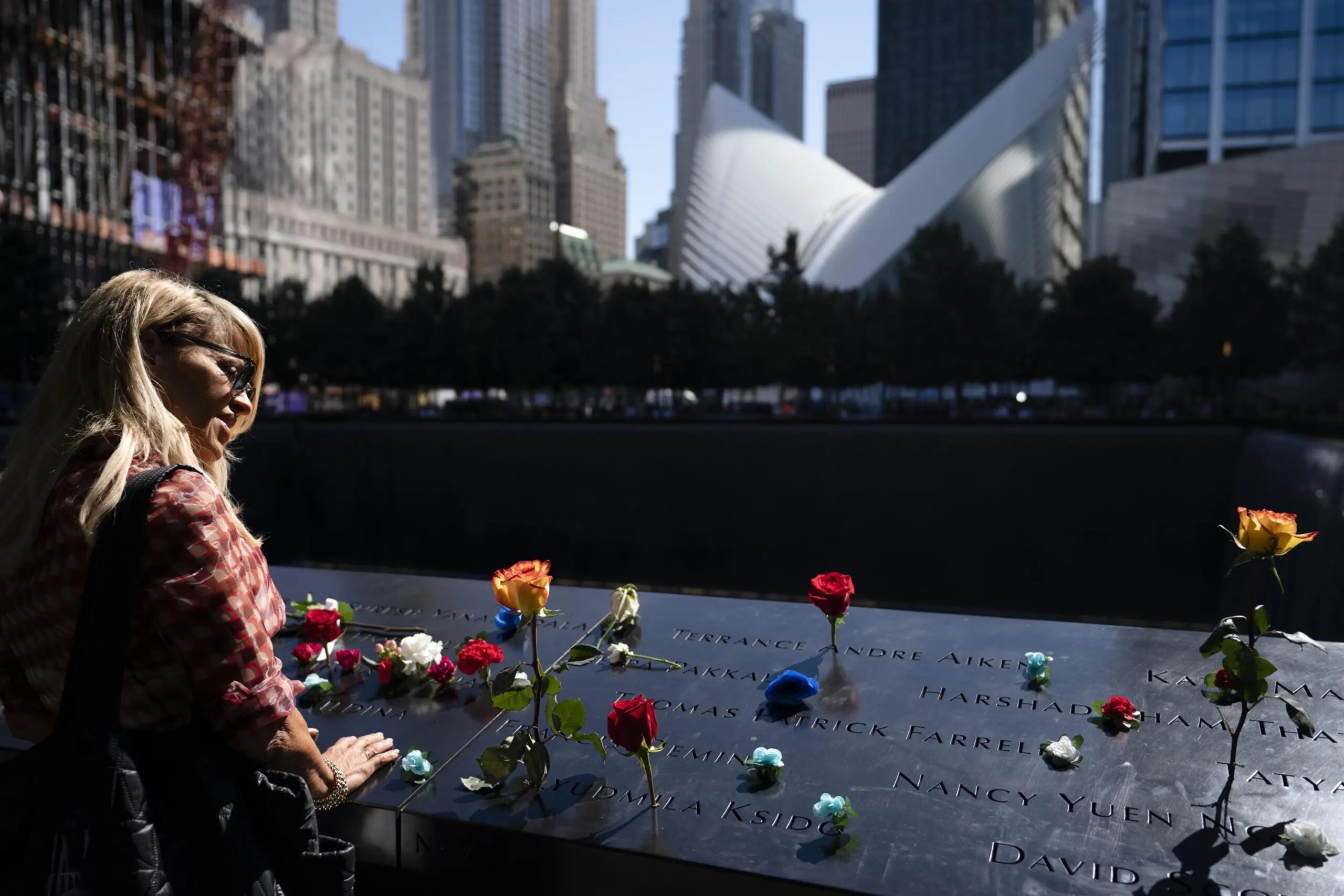
Mourners gather at the north pool adorned with flowers during ceremonies on September 11, 2021 to commemorate the 20th anniversary of the tragedy. (Photo via AP Photo/John Minchillo.)
While the memorial garnered massive attention and nationwide support, the fundraising was anything but straightforward. Doherty says the National September 11 Memorial & Museum group has never secured consistent federal funding and the 2008 Great Recession caused major donors’ commitments to be up in the air. She also points to construction challenges and teams having to work around flooding from Hurricane Sandy in 2012 as being a hindrance to the museum’s completion.
But with the memorial opening in 2011 and the museum following 2014, she says the team felt fulfilled that a place once filled with wreckage and grief became one where many could take pride in how it’s been transformed.
“People wanted us to rush, people wanted us to take shortcuts, people wanted ‘this, that, and the other,’” Doherty recalls of the process. “In the end, no matter how hard it was, these architects, designers, and thousands of people who came together to build this… it was really something to be able to be there.”

Doherty (right) and 9/11 Museum Director Alice Greenwald stand in front of one of the World Trade Center’s tridents as its placed into the museum during the construction phase. (Photo via Lori Doherty.)
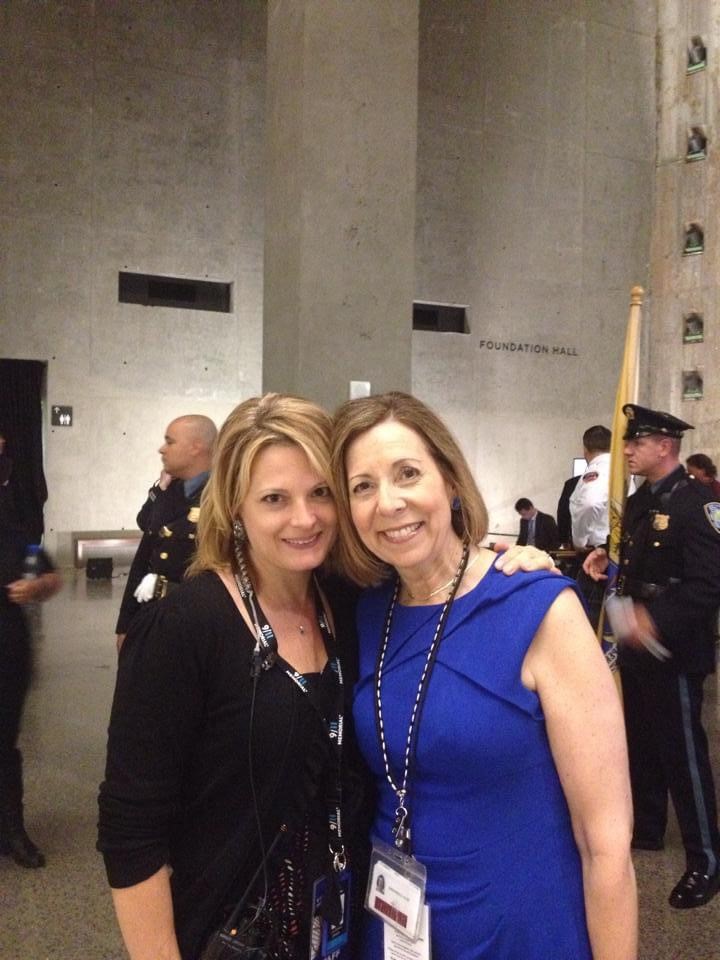
Doherty (left) stands with Greenwald in the museum on the day of its opening in 2014. (Photo via Lori Doherty.)
Doherty’s family moved to Chapel Hill in 2015 as they sought more time with their children, but even then, she continued to help run the foundation’s fundraising remotely. She says it was challenging to leave New York and the memorial behind, but that her transition away and work with a new nonprofit was fulfilling. Doherty still visits frequently as well – even taking her team with the North Carolina-based Wine to Water up to New York City this past weekend to introduce them to the memorial and museum fundraising staff.
As is the case each year, the anniversary of 9/11 brings back a flood of emotions. For Doherty, that includes the feelings of watching families visit the memorial, plaza, and museum to remember those lost or affected by the tragedy. Her work helped make the space possible, and she says seeing how the memorial helps with whatever stage of recovery visitors are in helps affirm the efforts of the foundation to reclaim and recover the site.
“To be a part of seeing that come to fruition and seeing families being able to walk on the plaza, see their loved one’s name, go into the museum, see tributes… I try to experience it through them,” says Doherty.
Photo via AP Photo/John Minchillo.
Chapelboro.com does not charge subscription fees, and you can directly support our efforts in local journalism here. Want more of what you see on Chapelboro? Let us bring free local news and community information to you by signing up for our biweekly newsletter.

